40-Day Westbound Tour 9 Lijiang
Part 1: Ancient City of Lijiang--Lashihai Tea and Horse Ancient Road--Shuhe Ancient Town
At that time, my friend was leaving Chengdu to return to Shanghai, and I continued on my next journey. At that time, the one-way ticket from Chengdu to Lijiang was more expensive than the package package to Chengdu, so I didn't hesitate to join the package tour for a round-trip ticket and a three-night accommodation package of only 580 yuan (because it was cheap, I remembered it deeply). Of course, the return ticket was also a waste, because there was no destination or return date in my wandering journey at that time---

There is a large area of gray tiled houses under the blue sky and white clouds in Lijiang, quiet and pure beauty!

Mufu: The residence of the Mu Tusi in Lijiang in successive dynasties. The building combines the architectural style of the Central Plains in the Ming Dynasty with the craftsmanship of the Bai and Naxi ethnic groups. It is a landmark of the ancient city. The North Forbidden City and the South Mufu are a city and a storm.


Dongba Character Wall

Dongba Palace: Understand the Naxi Dongba culture, writing, music, dance, etc.



Walking around Sifang Street in the ancient city of Lijiang, I sometimes encounter Naxi girls singing and dancing

Lashihai Tea Horse Ancient Road:
The ancient tea-horse road, as the name suggests, is a road opened up by people in the past using horses to transport goods. Horses used to carry goods and tea leaves, but now carry us up and down mountains. To be honest, it was not easy for me to climb the mountain for two hours on horseback. Think about the hard work of people in ancient times transporting tea.

These two girls are also from Shanghai, so they experienced the ancient tea-horse road together.


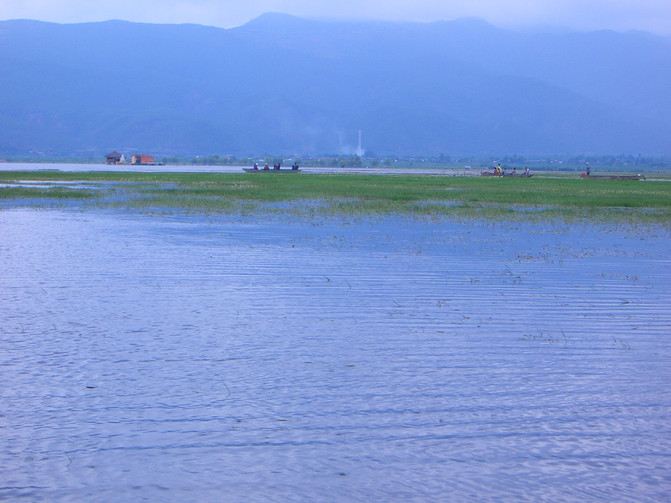
"Lashi" in Lashihai is a translated name in ancient Naxi,"La" means barren dam, and "city" means new, meaning new barren dam. There is still a water body in the dam. Lijiang is an inland area. When you see a slightly larger lake, it is called a sea, so it is called Lashi Sea.
At that time, he mainly participated in cruise ships and eating grilled fish.


Shuhe Ancient Town:
It is called "Shaowu" in Naxi. It is called "Shaowu" in Naxi. Because the mountains behind the village are like piled peaks, the village is named after the mountains. It means "village under the peak". It is the earliest settlement of Naxi ancestors in Lijiang Bazi. One of the places is an important market town that is well-preserved on the ancient tea-horse road.
When Xu Xiake visited Zhishan Liberation Forest, he once walked through this road. In his account, he wrote: "Crossing a dry stream and stone bridge, looking west at the middle sea, dark willows and waves are lingering. There are large settlements on it, which is Shihe Courtyard." "Shihe" is the ancient name of today's Shuhe Ancient Town.



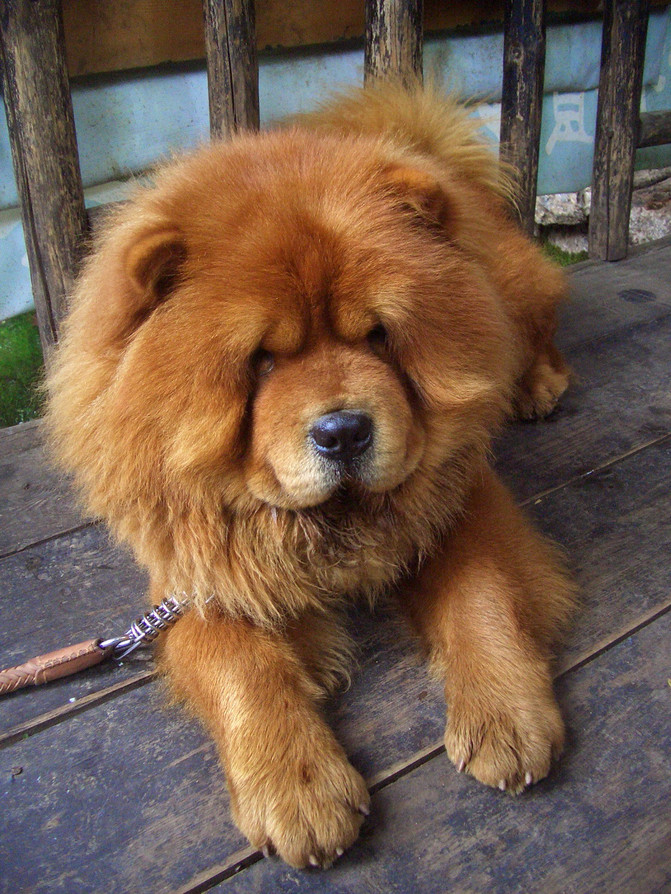

It was drizzling that day and it was a little cold, so I found a specialty restaurant to have a bowl of chicken soup to warm up--





Compared with the hustle and bustle of Lijiang, I especially like the tranquility of Shuhe River. I am in a daze and drink tea, and my life is free and easy.

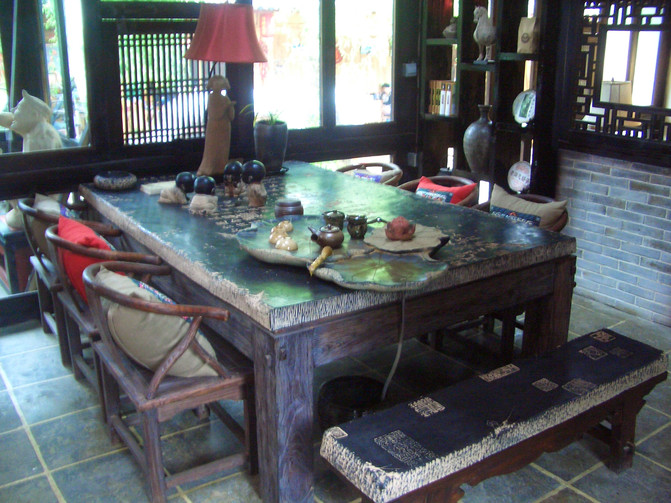

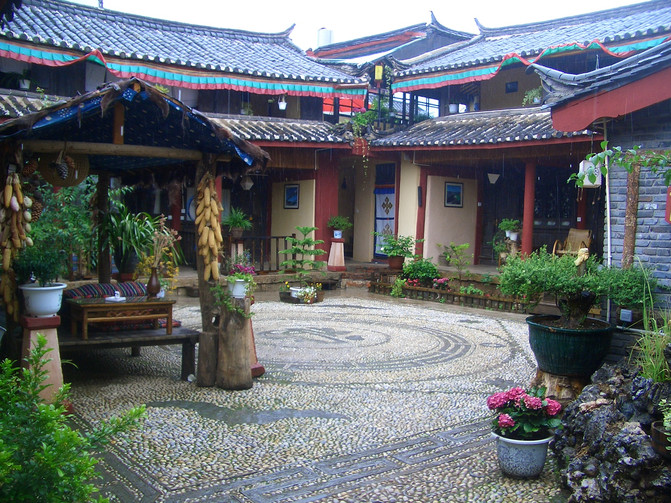




Tea Horse Ancient Road MuseumAlso known as Dajue Palace, it is part of the "Shuheyuan" architectural complex of Mu's Tusi in the Ming Dynasty. It is a precious ancient building.
·The museum has eight exhibition halls, including the preface hall, the mural exhibition hall, the first hall of historical events, the second hall of historical events, the Shuhe hall, and the cobbler hall. It is an important window for people to understand the history and culture of the ancient tea-horse road.
·China's first museum specializing in studying and displaying the history and culture of the ancient tea-horse road, and it is also the first professional institution in Lijiang City engaged in the research, promotion and promotion of Pu 'er tea culture
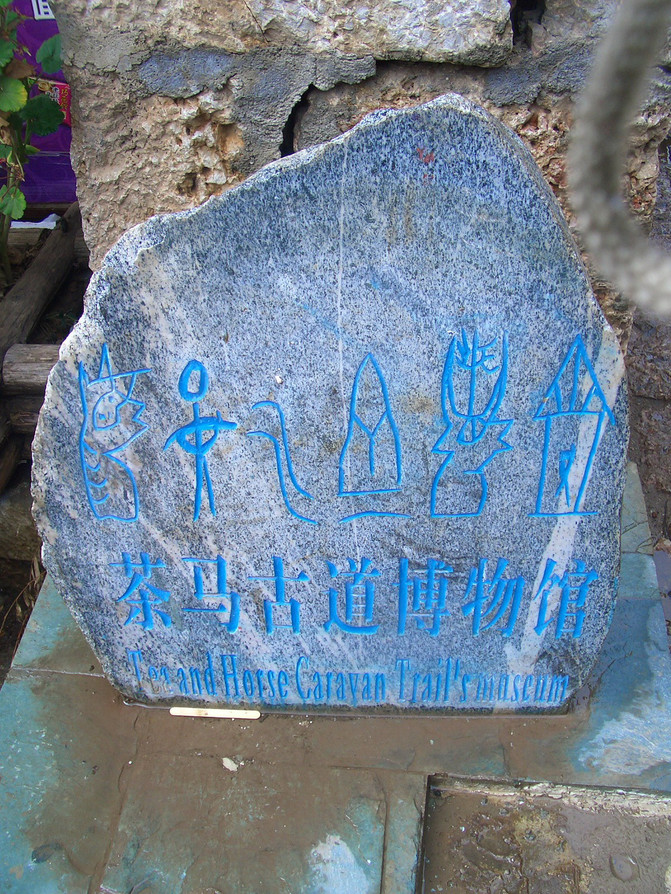












The source of the stream is the "Jiuding Dragon Pool". The water in the pool is transparent and clear, and springs spring day and night. The people of Shuhe regard it as a divine spring, so Longquan Temple was built











I like batik cloth very much


Dongba painted below
Dongba is the name of the Naxi people for traditional religious clergy. Partly translated as wise people, they are the most senior intellectuals of the Naxi people. Most of them combine song, dance, scriptures, books, history, painting, and medicine. They are the main inheritors of Dongba culture.


Fuguo Temple was built in the 29th year of Wanli of the Ming Dynasty (1601 AD). It was originally the family temple of the Mu family's Tusi. Tusi Mu invited Han Mahayana Buddhist monks to recite scriptures and practice here, and became the Han Buddhist temple. The temple was named "Jixing Forest", which was later named "Fuguo Temple" by Zhu Youxiao of the Ming Dynasty.
The temple was destroyed during the Cultural Revolution and has not yet been restored. Only the gate buildings of the "Wufeng Tower" and the "Liberation Forest" have been preserved. In 1979, it was moved to Heilongtan Park in Lijiang City.


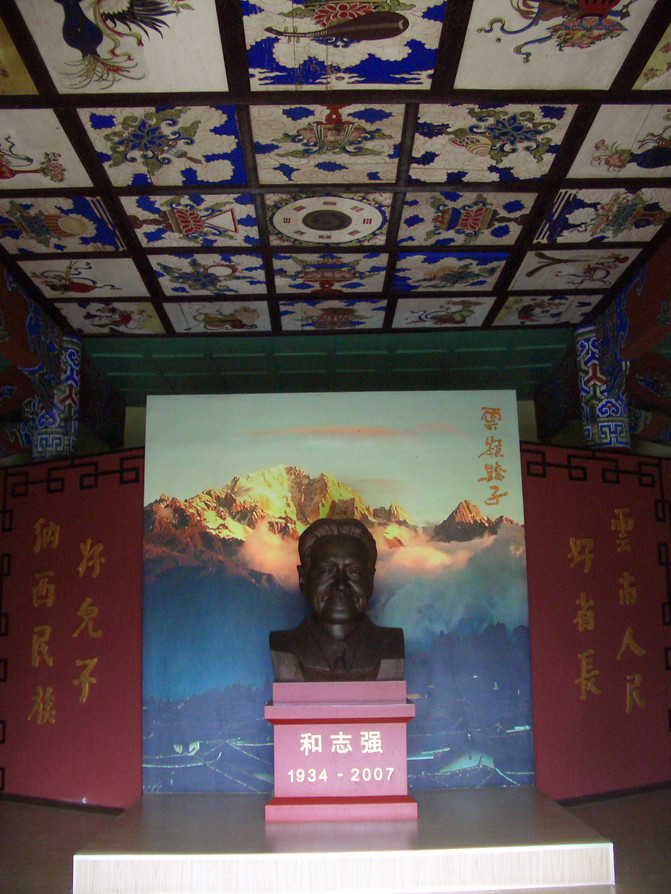



Pearl Spring




Walking around the ancient town, riding and rowing in Lashihai, life is leisurely and comfortable-10 years have passed in a flash
Today is the 70th anniversary of the National Day. It is stormy and windy outside. I am drinking tea at home, listening to the guqin music, missing the blue sky and white clouds of Yunnan-------
Previous Article:Journey in your heart| I have never been to Yunnan when I was young, and youth is incomplete!
